
3D Printed medical devices for precision surgery
Formlabs is sponsoring a webinar exploring 3D printing from clinical, commercial, and regulatory perspectives.

Formlabs is sponsoring a webinar exploring 3D printing from clinical, commercial, and regulatory perspectives.
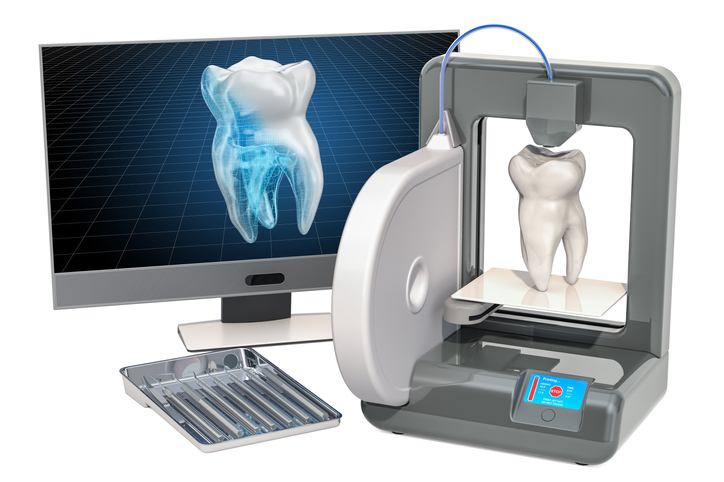
3D printers are going to be an integral part of the dentist’s office - and it is the right time to think about buying one for your practice as well.

How Apella leverages technology to increase OR efficiency.

These innovations have not only made medical check-ups safer, but they’ve also helped modernize and improve the patient journey. These technologies automated many archaic administrative functions and offered medical practices genuine savings - in terms of both time and money.

Our national conference highlighting investment trends in healthcare and innovative startups across health IT and life sciences is happening April 21-22 in Chicago. You should be there.
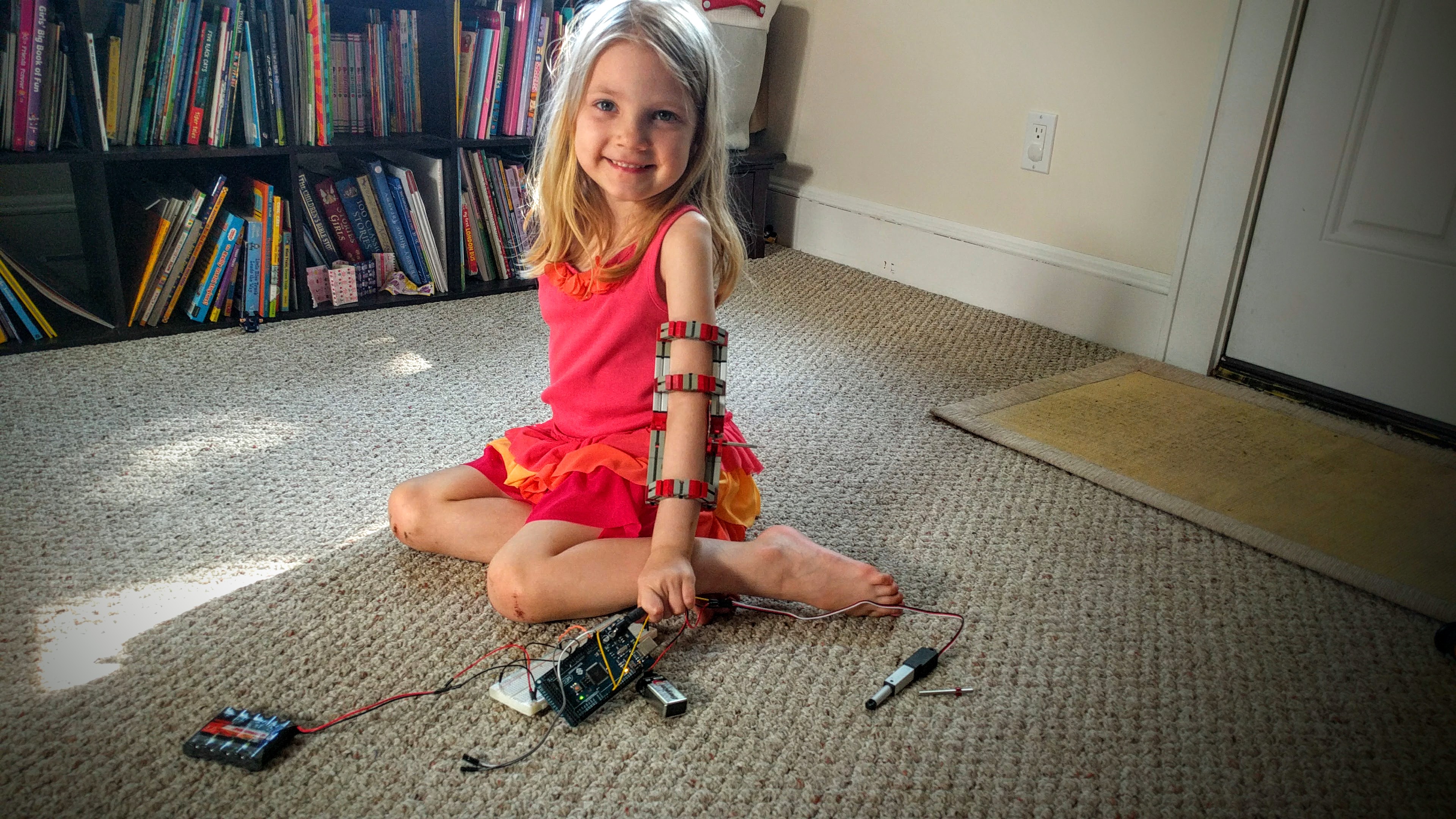
Bodo and his daughter Lorelei Hoenen built their own robotic exoskeleton to restore function to Lorelei's paralyzed left arm when the traditional medical world failed them.
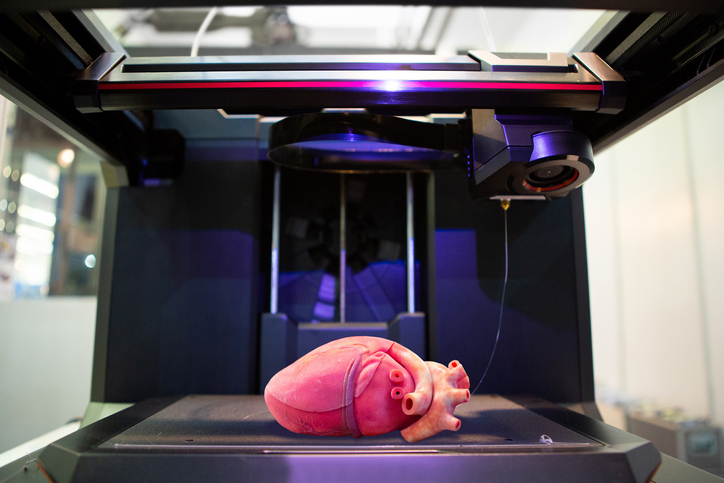
3D printing is slowly making its way into the life sciences. One example is Carbon, which has developed a 3D-printed elastomeric, bioabsorbable material, which does the job and then disappears.
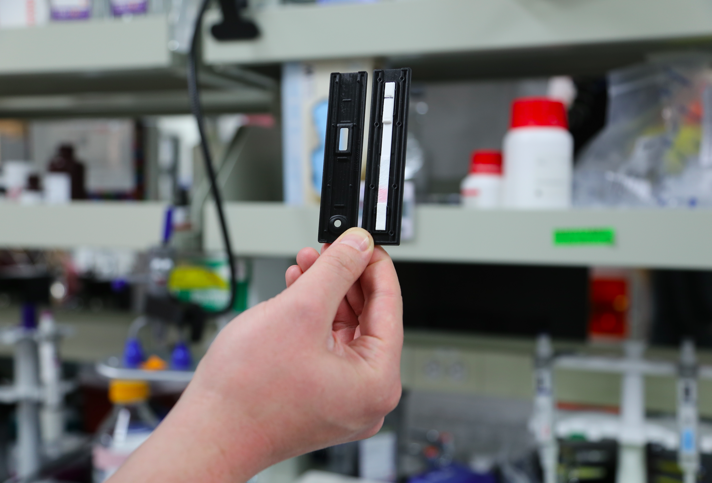
At the J.P. Morgan Healthcare conference this week, Carbon CEO Joe DeSimone talked about how the company is collaborating with medical device manufacturers and physicians to develop diverse products spanning pediatric tracheal stents, a diagnostic test for TB, and drug delivery.
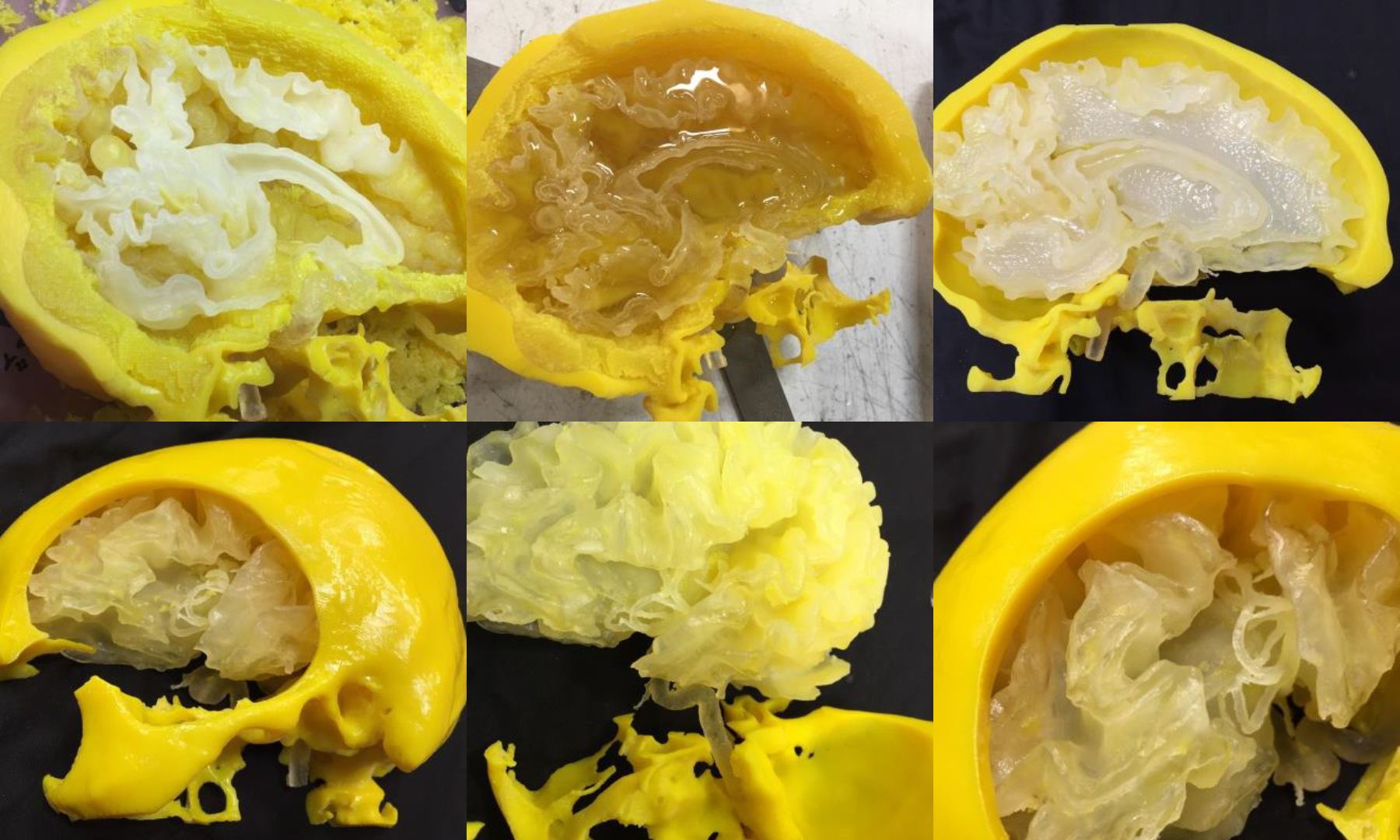
3D printing has the potential to manufacture drugs, fabricate skin grafts for burn victims and even provide replacement organs, according to FDA Commissioner Scott Gottlieb.
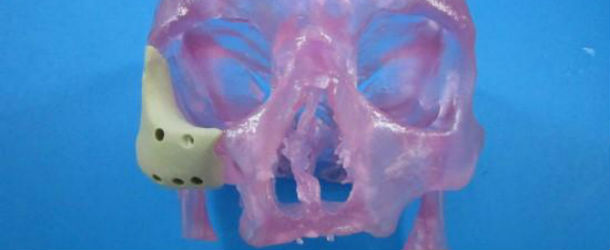
OPM Biomedical is the first and only company to receive FDA 510(k) clearance for 3D printed patient-specific polymeric implants and it believes that 3D printing allows design complexity without adding to costs.
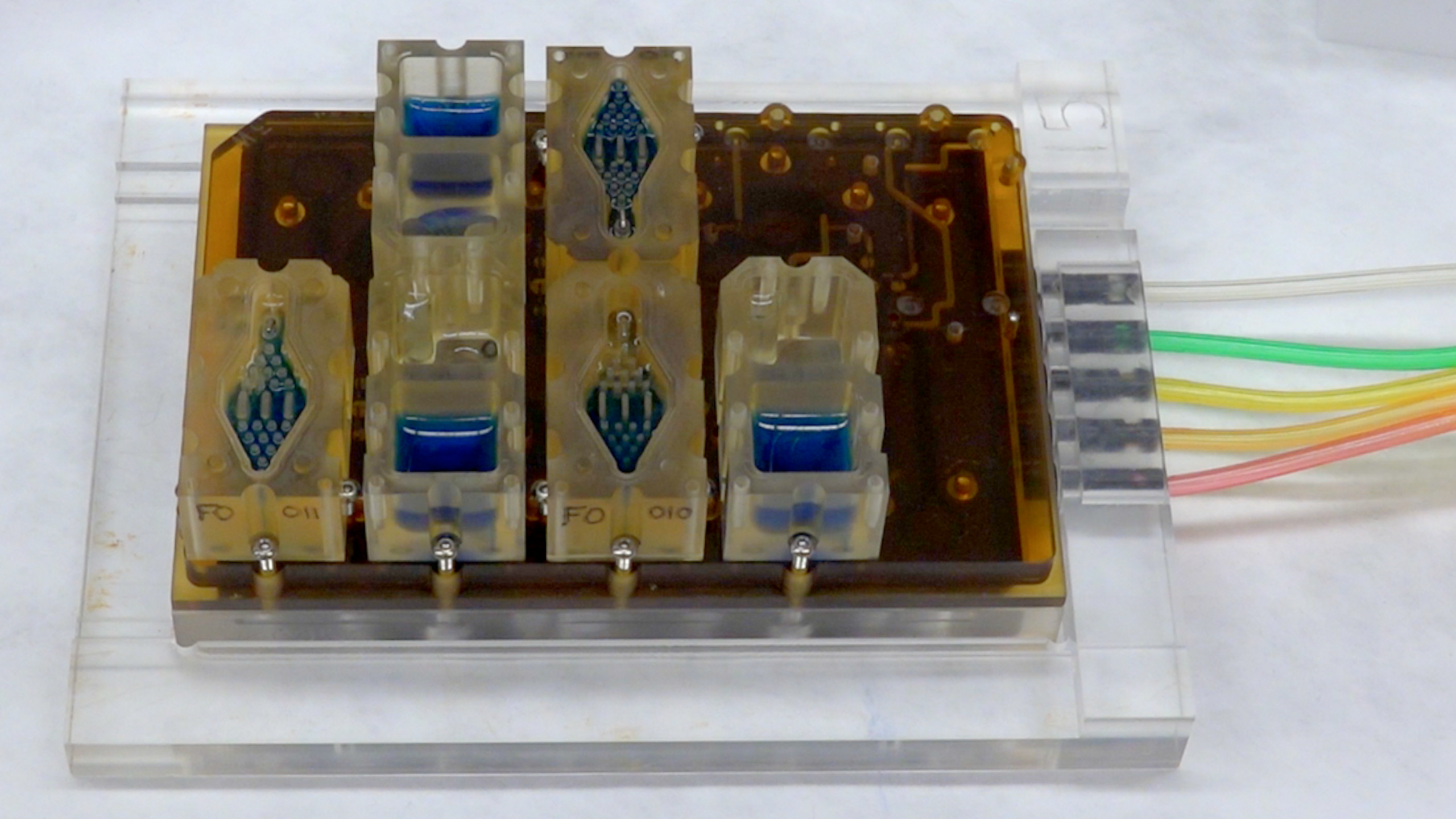
The research project, spawned by NIH efforts to create a “body-on-a-chip”, led to a lot of firsts, such as new 3D models for uterus and cervix, but it’s the applications that are generating the team’s excitement.

Sheila Bond, MD, talked about the latest trends regarding integration of AI in healthcare.
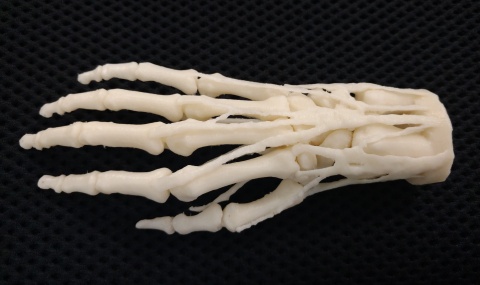
One goal of the network is to improve training and to overcome the challenge of fitting innovative technologies into hospital workflows.

Analysts have predicted that 3D printing will be a major disruptive force in the healthcare industry before the end of the decade.
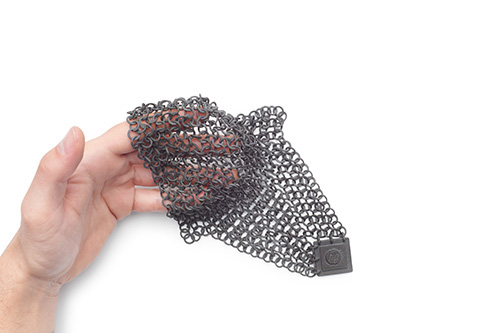
The partnership is a win for Fitchet’s plan to turn around J&J’s slow-growing device unit by partnering with external players.
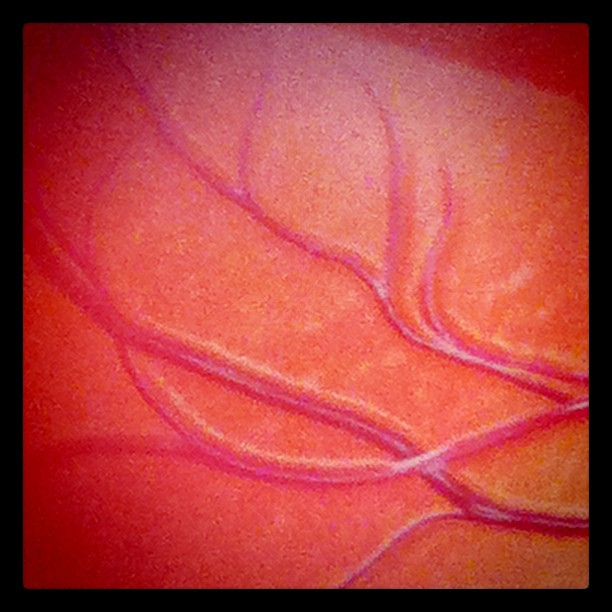
New technology created by Cellular Dynamics International has licensed its development to Indiana University, which creates new human blood vessels for those with peripheral arterial disease.

The patch is comprised of live, lab-grown heart tissue and nano-electronics embedded on a 3D printed scaffold.